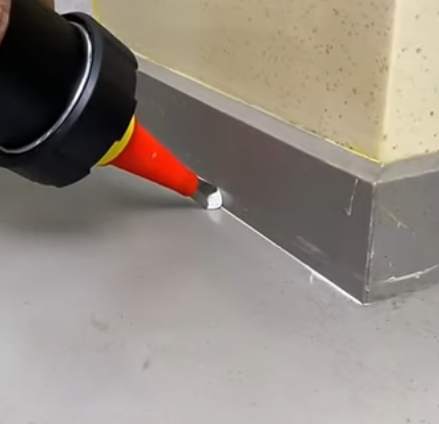Safety is no small matter: Correct selection and construction points of fire-resistant silicone sealants
Safety is no small matter: Correct selection and construction points of fire-resistant silicone sealants
No matter how excellent the performance of fire-resistant silicone sealants is, the performance of their fire-resistant performance is also highly dependent on the correct product selection and standardized construction operations. The following key points cannot be ignored:
Accurate selection:
Clear fire protection grade requirements: Determine the required fire resistance limit (such as EI 60, EI 90) according to the design drawings and building specifications (such as “Building Design Fire Protection Code” GB 50016), and select the corresponding certified products.
Consider the application scenario: Different parts such as curtain wall joints, expansion joints, and through-hole plugging have different requirements for displacement capacity, modulus, and size, and matching models need to be selected.
Substrate adaptability: Confirm the compatibility and adhesion of the sealant with the substrate to be bonded (concrete, metal, glass, etc.), and perform compatibility tests if necessary.
Focus on certification: Give priority to products that have passed authoritative third-party testing and certification (such as China Fire Protection Product Certification, UL Certification, etc.) to ensure reliable performance.
Standard construction:
Surface treatment: Clean, dry, oil-free, dust-free, and free of loose materials are the basis for successful bonding. Use special cleaners and primers (Primer) when necessary.
Joint design and filling: The shape of the joint (usually a rectangle is recommended), the width-to-depth ratio (usually the width is 4 times the expected displacement, and the depth is half the width or at least 10mm) must meet the specifications. Use backing materials (such as closed-cell PE foam rods) to control the thickness of the sealant to ensure three-sided bonding and avoid adhesion of the cushioning material.
Gluing process: Use a special glue gun to ensure continuous, uniform, and full filling of the gap to avoid wrapping bubbles. Tools trim the surface to form a beautiful and effective sealing shape.
Maintenance conditions: During construction and curing (usually 24-72 hours), the temperature (usually 5°C-40°C) and humidity requirements specified in the product instructions must be followed to avoid rain, pollution, and vandalism.
Strictly following the selection guide and construction specifications is the ultimate guarantee to ensure that the fire-resistant silicone sealant can play the expected fire-resistant effect and ensure the closed loop of building fire safety. Safety is no small matter, and details determine success or failure.

